What makes the difference between a power amp vs preamp? Since new audiophiles frequently ask us this question, I decided to explain what they are and how they are used by you.
A power amplifier takes the input signal, which has been initially boosted to line level by a preamp, and further amplifies it before delivering it to the speakers. In simpler terms, the preamp elevates the signal's intensity to a suitable level for transmission within your audio setup, and the power amp enhances it further for optimal output through the speakers. A power amp also boosts the input line level signal, which improves the loudness and amplitude of the sound you hear coming from your speakers.
Power amp vs preamp both are often mistaken for one another, even by those with a casual interest in recording equipment. They are significantly different even though they are both types of amplifiers.
Power amp vs preamp:What is the Difference?
Power amplifiers are essential when dealing with audio signals that are excessively loud for a preamp to handle, while preamps are designed to enhance softer sounds without introducing additional noise. Although both play a role in elevating weak signals, their differentiation lies in technical aspects, primarily impedance. Impedance, which signifies resistance to current flow, plays a critical role in mitigating noise levels in an output signal. Low impedance tends to increase noise while reducing power, whereas high impedance impacts both aspects differently.
Technically speaking, the impedance level is the key factor. Impedance, which is the resistance to current flow, is used to reduce the strength and amount of noise in an output signal. Low impedance results in more noise and less power, whereas high impedance results in both.
Power amp vs preamp: Power amp
One of the initial components in the audio recording chain is a preamp. It adds a specific amount of amplification to weak signals from instruments or microphones with low impedance. Preamps may often produce gains of up to 60 dB.
To provide the interface of your amplifier, mixer, or other piece of technology with a signal that can process. Power amp vs preamp: preamp is required in this regard.

Power amp vs preamp: Preamp
One of the most important items in your chain, and frequently the final before speakers, is a power amp. The power amp uses the line-level signal that the preamp has given and applies additional gain as necessary.
Power amp vs preamp: Because it's simpler to draw the connection between volume and loudness, an amplifier with power is somewhat simpler to comprehend for a beginner.

How does impedance affect power amp vs preamp?
Thanks to their elevated impedance levels, preamps excel at elevating low-level signals to line-level signals without introducing excessive noise. Power amp vs preamp: Preamps are more favored by audiophiles in this regard for this reason and are often used to edit microphone recordings. However, since the preamp has a very high level of impedance and lacks the necessary wattage for driving a loud signal, they are essentially useless when dealing with speaker-level transmissions.
Power amplifiers, with their low impedance, can efficiently drive sound at different volumes, from speaker-level samples to powerful guitar chords. They have both electrical input and output amplification. In contrast, preamps rely solely on voltage input and output amplification.
Power amp vs preamp: understanding their differences
Many wonder what sets power amp vs preamp apart, given that both serve as amplifiers, designed to boost audio signals. To simplify, a significant part of what distinguishes power amp vs preamp lies in their position within the recording/playback cycle, often referred to as the "signal chain."
In a typical home recording chain, the sequence looks like this: sound source (instrument or microphone), preamp, audio interface, and studio monitors. Notably, the power amp resides close to the end of this chain, while the preamp sits closer to the beginning.
Regardless of modifications or additional effects introduced to the signal chain, the power amp vs preamp usually maintain their positions. However, power amp vs preamp roles differ significantly. The primary function of a preamp is to elevate the signal to line-level strength, but it can also creatively enhance gain to shape the initial sound that the electric amp processes. Moreover, preamps can introduce distortion intentionally.
Conversely, the gain added by a power amp at the chain's conclusion focuses on the final audio output because, at this stage, no further alterations can be made to the sound.
While the signal path and component placement are key distinctions, preamps also offer extra features like low-cut filters and phase inversion, further setting them apart. Power amp vs preamp: Understanding these differences is crucial for optimizing your audio setup.
Power amp vs preamp: Advantages of Each Component
Power amp vs preamp- When to use a preamplifier?
Power amp vs preamp, comes into play when you're dealing with audio signals that are relatively weak or low in voltage. They are particularly valuable in scenarios where the original audio source, like a microphone or a musical instrument, produces a signal that lacks the necessary strength for further processing or amplification.
Preamps are commonly used in recording studios to bring out the best in subtle nuances of acoustic instruments, capture the richness of vocals, or provide a clean boost to electric guitars.
Power amp vs preamp: preamp is the tool of choice when you need to sculpt and refine the initial character of your audio signal, ensuring that it's ready to be further amplified for playback or recording.
Power amp vs preamp- When to use a power amplifier?
Conversely, power amps, find their purpose when you have a robust audio signal that needs to be delivered with sufficient power to drive speakers and produce sound at significant volumes. These components are the backbone of sound reinforcement systems, home theater setups, and live music performances.
Power amplifiers take the already-processed audio signal and boost it to a level that can drive speakers, filling venues with music or sound.
Power amp vs preamp: power amplifiers excel in scenarios where sheer volume and clarity are essential, such as concerts, public address systems, and home audio setups where high-quality sound reproduction is the goal.
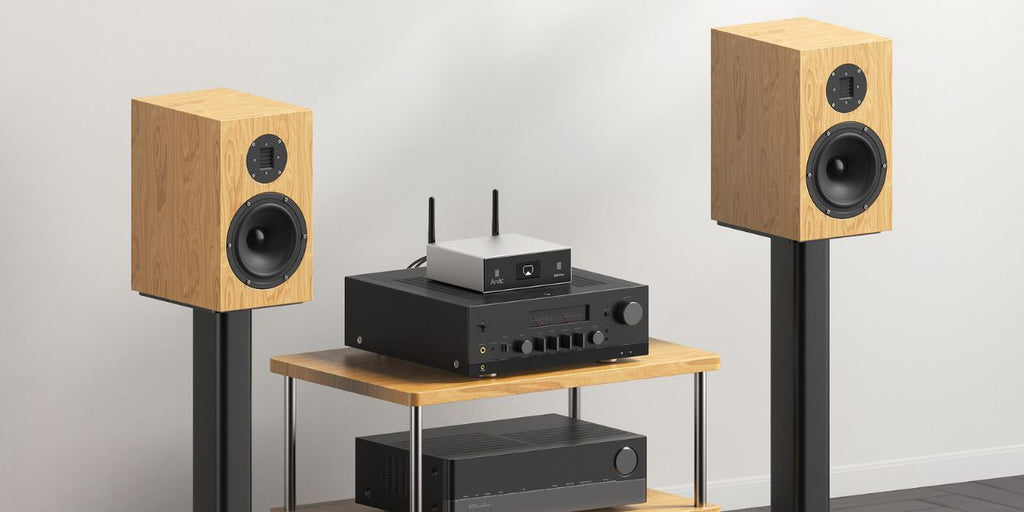
Conclusion
People always care about power amp vs preamp: Which one to prioritize? The true beauty of audio engineering often lies in the synergy between preamps and power amps. When used together in an audio signal chain, they can work in perfect harmony to deliver exceptional audio quality. Learn in this article whether in the studio or at home, when and how to use power amp vs preamp components to ensure that you achieve the optimal balance between signal quality and amplification power.













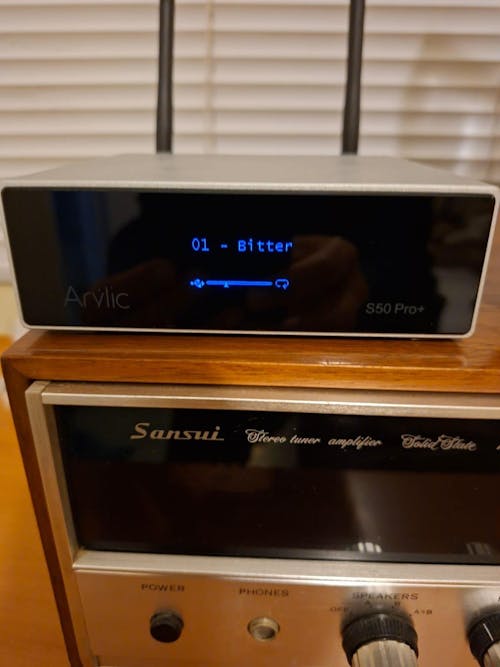
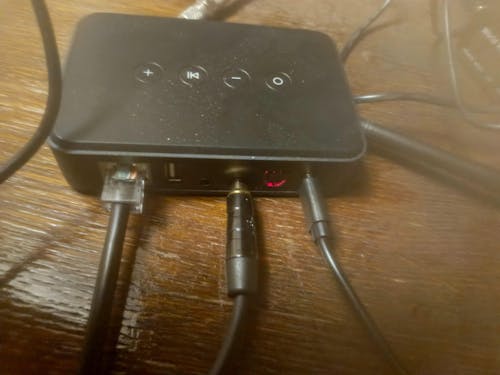
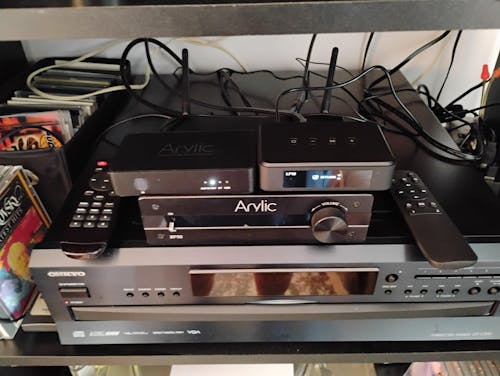
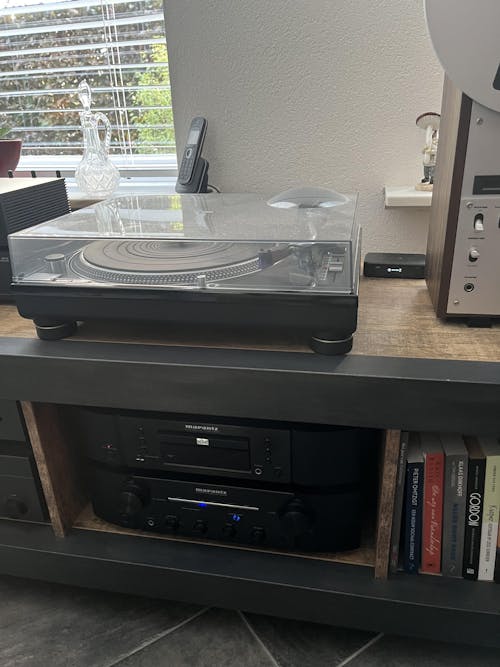
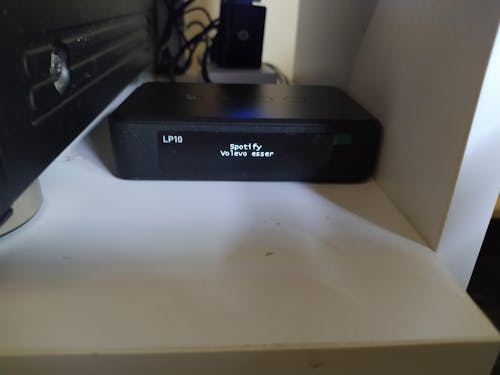
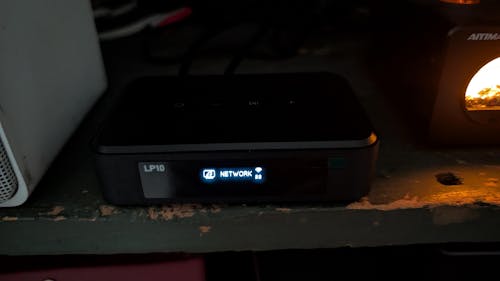
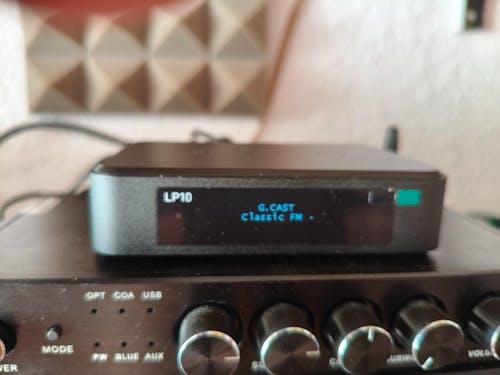

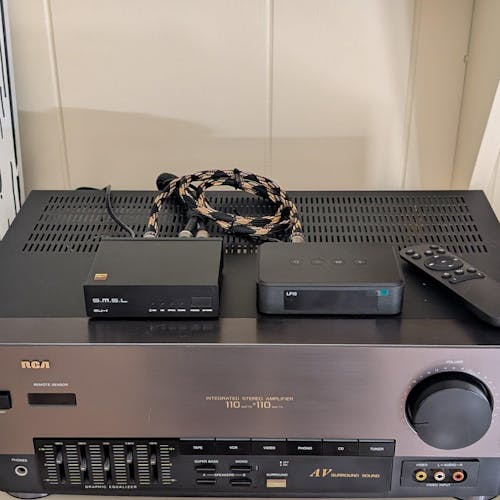
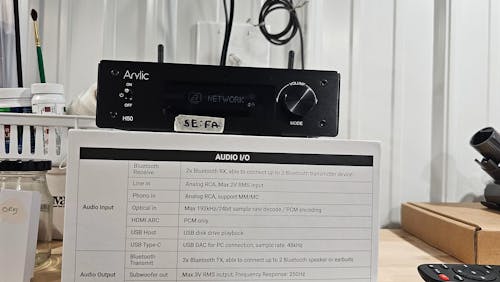
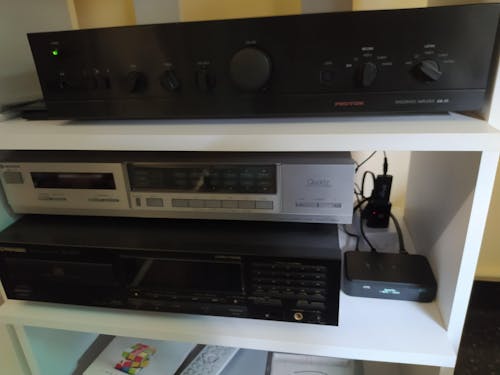
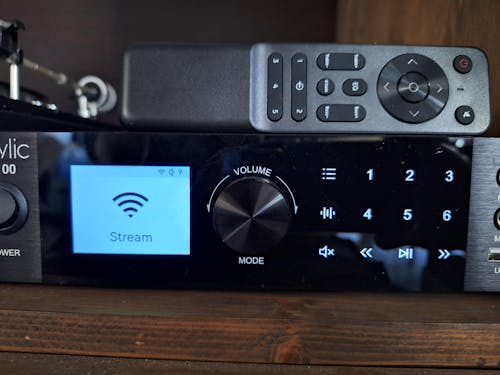
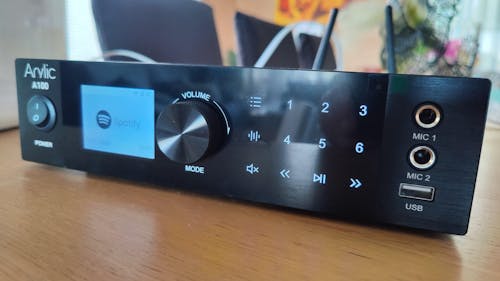


Leave a comment
All comments are moderated before being published.
This site is protected by hCaptcha and the hCaptcha Privacy Policy and Terms of Service apply.